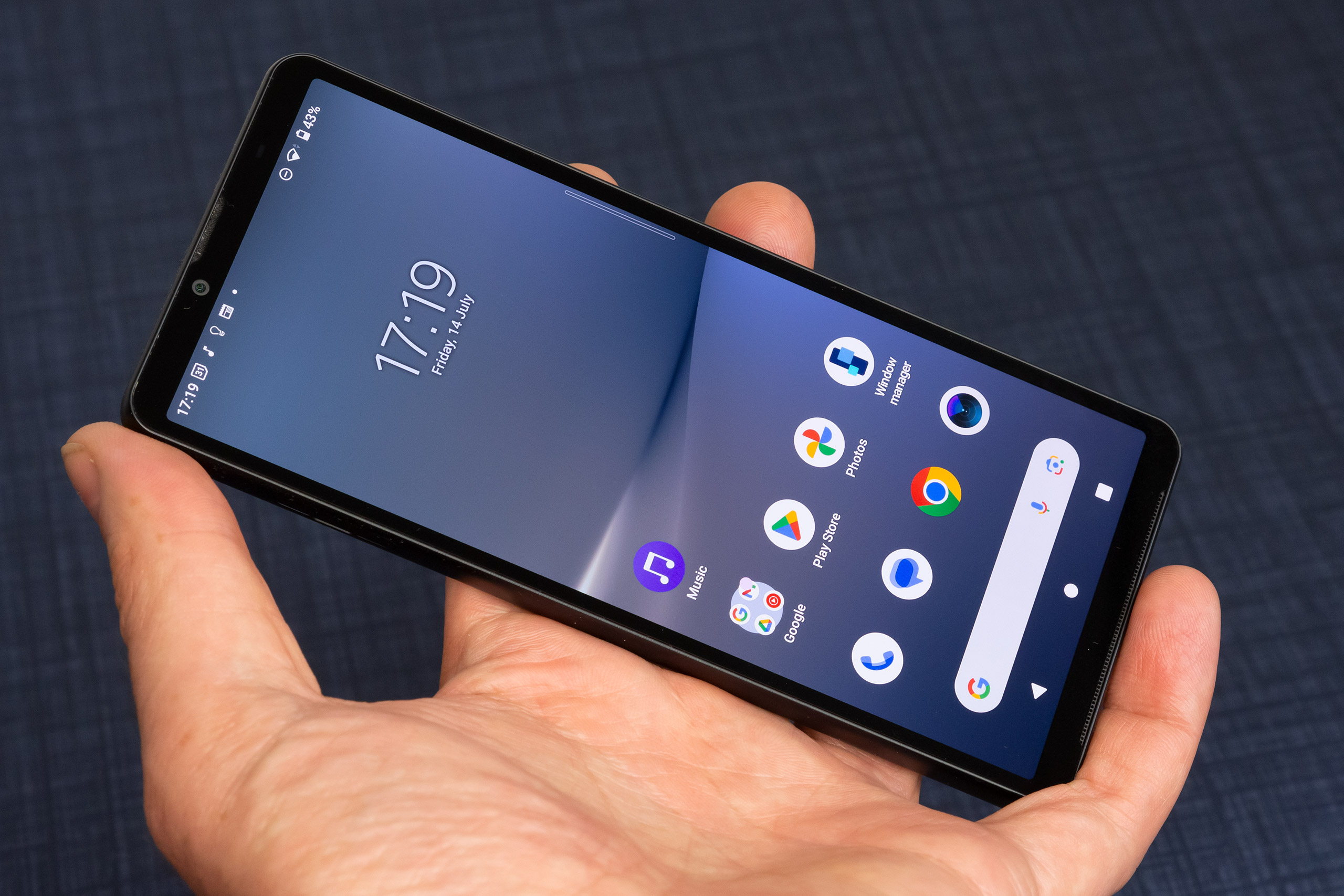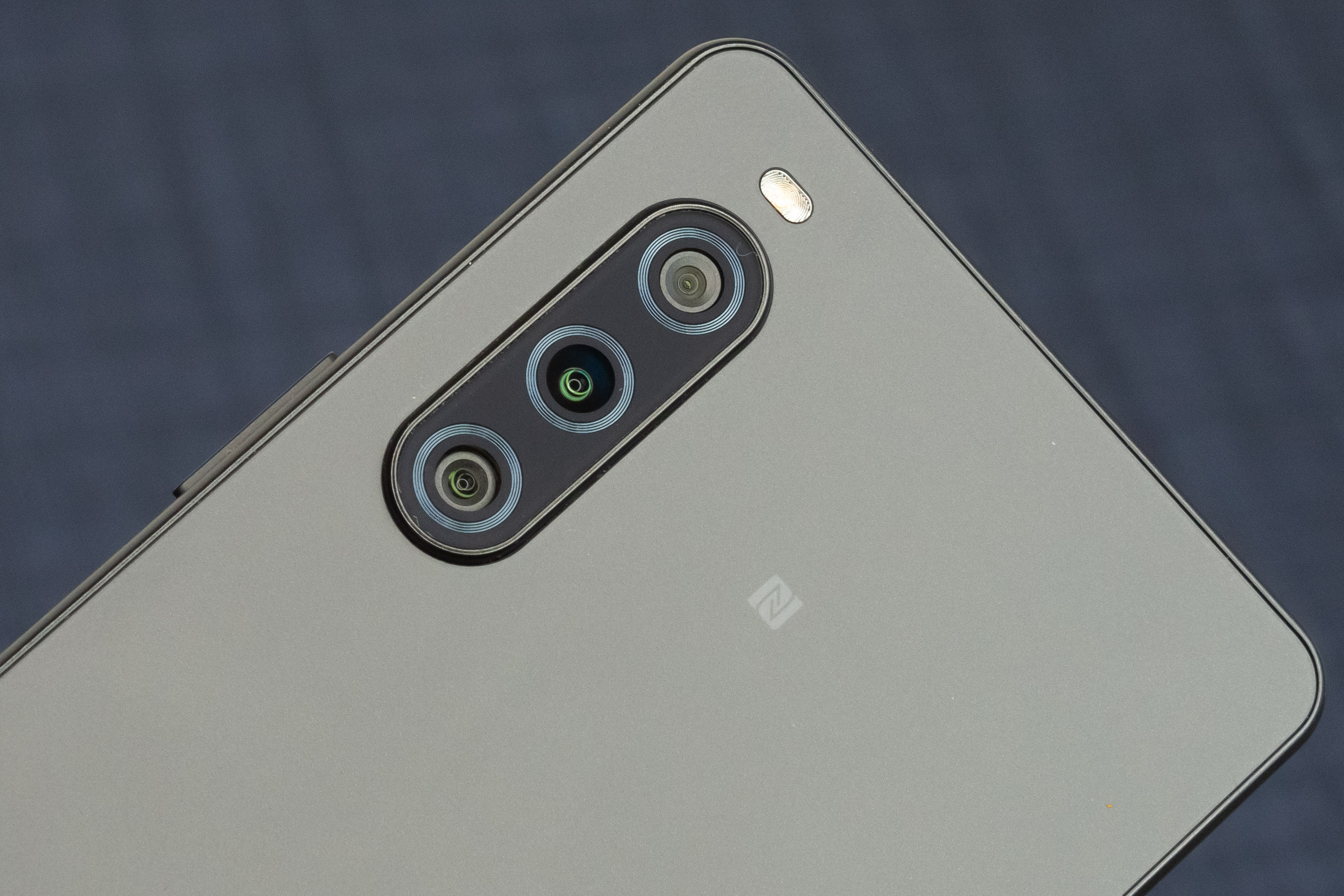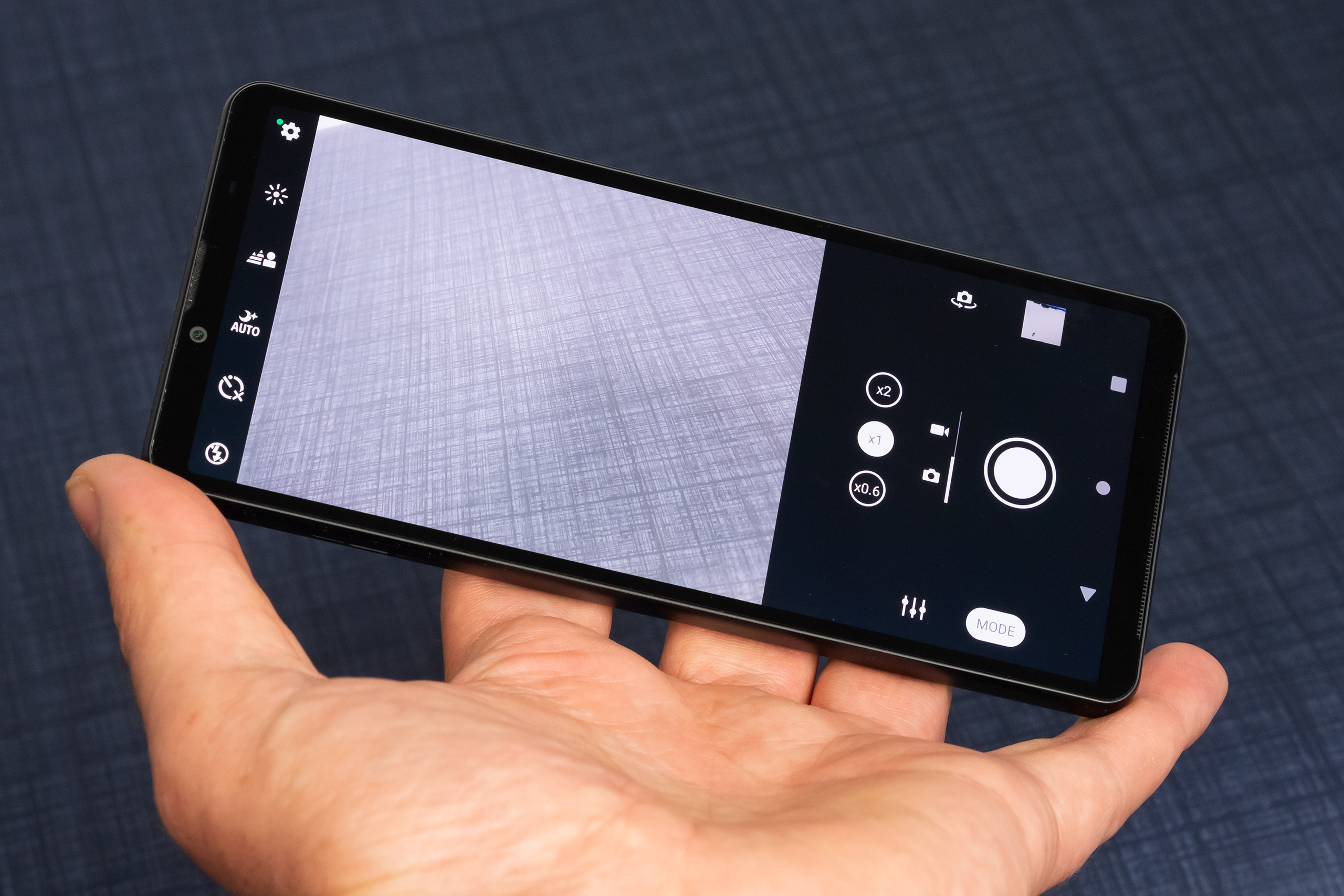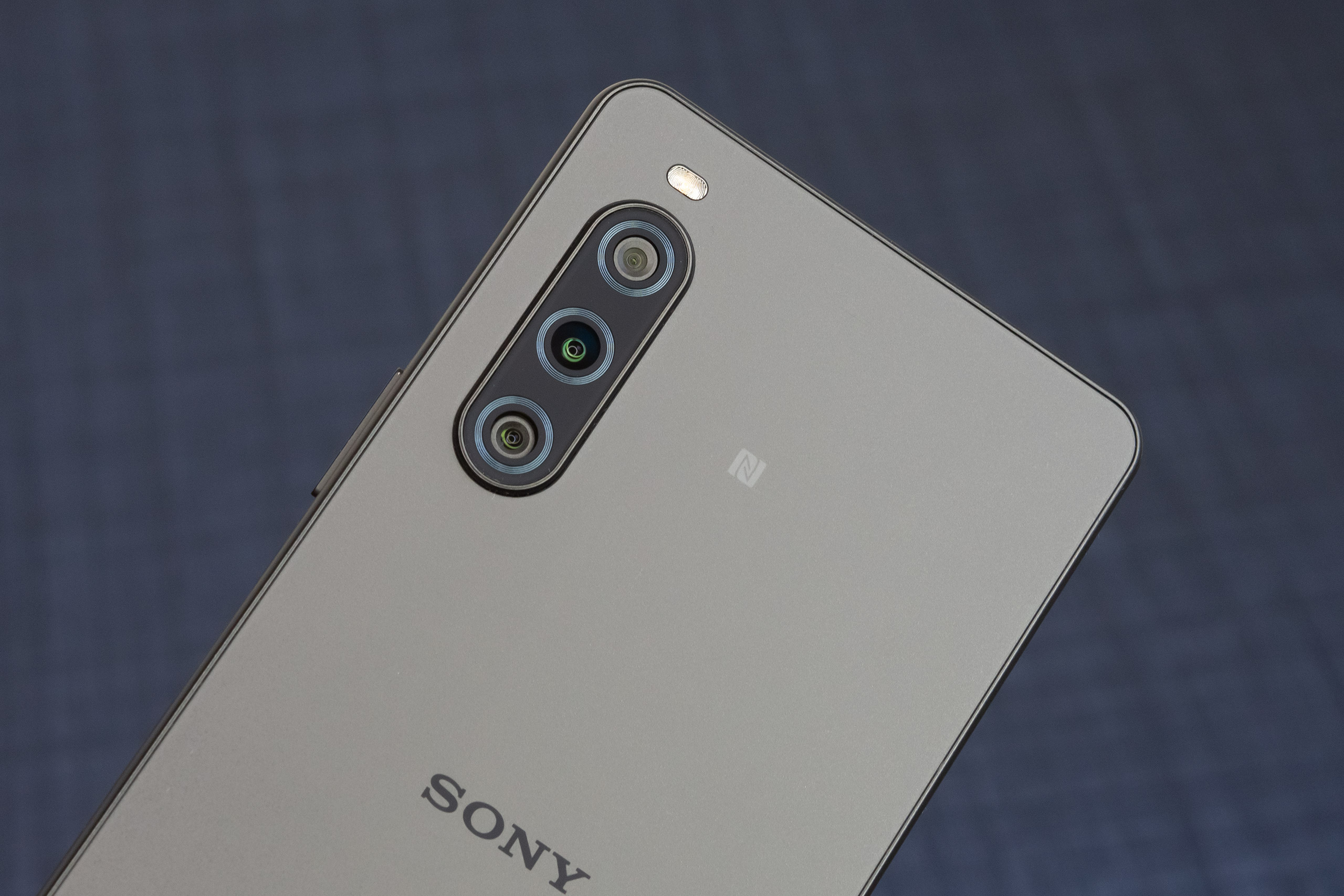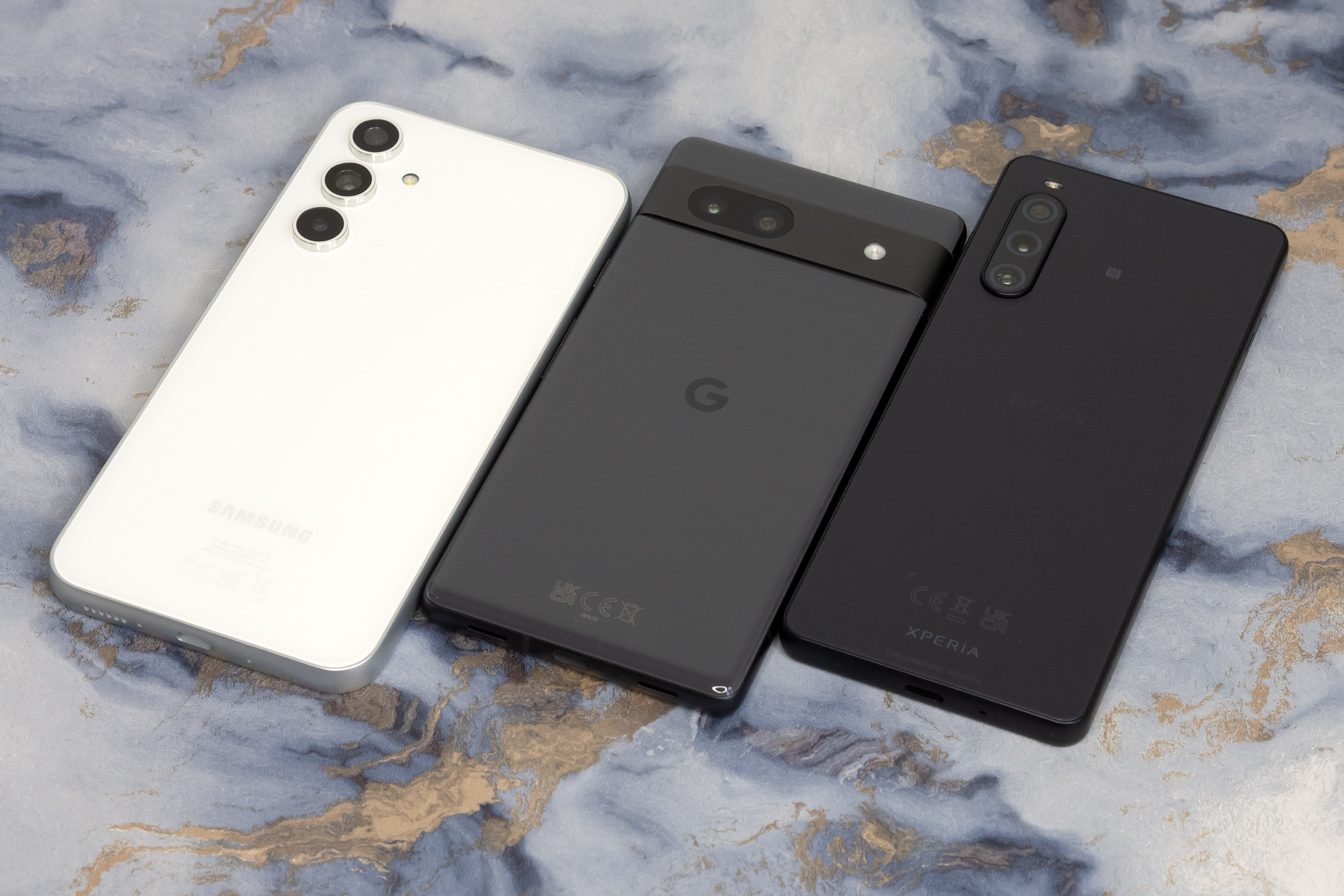Amateur Photographer verdict
This phone in its present form has too many detriments compared to its big brand rivals. Improvements to performance and responsiveness would enable it to compete.- Triple camera system
- Headphone socket
- 5000mAh battery
- IP65/67 rating
- Focus can be patchy
- Slow photo app/response
- Only FullHD video, not 4K
- Poor video stabilisation
- Inconsistent image quality
- Poor low-light performance
The Sony Xperia range comprises mostly premium models, with one exception: a budget smartphone, the Sony Xperia 10 V. This phone comes with a number of things that sound appealing on paper, including a triple camera setup, a telephoto camera, a 5000mAh battery, and even a headphone socket. So, how does it perform as a camera phone?
Sony Xperia 10 V at a glance:
- 48MP wide-angle camera, f/1.8, OIS, PDAF, 1/2.0inch, 26mm equivalent
- 8MP ultra-wide-angle camera, f/2.2, fixed focus, 1/4inch , 16mm equivalent
- 8MP telephoto camera, f/2.2, PDAF, 1/4.4inch, 54mm equivalent
- 8MP selfie camera, f/2.0, 1/4inch, 26mm equivalent
- 6.1inch 21:9 OLED 60Hz screen, Gorilla Glass Victus
- 5000mAh battery
- 6/8GB, 128GB storage, MicroSD slot
- Android 13, IP65/68 rating water resistance
- 155 x 68 x 8.3mm
- 159g weight
Features
We review smartphones from the perspective of choosing one for it’s photography and camera performance; so we look at the Sony Xperia 10 V cameras and features for photography and video.
It’s rare for an entry-level or mid-range phone to have a triple camera setup that includes three ‘proper’ cameras. Normally mid-range phones have a dual camera setup, and if there is a third, it’s often a depth camera, or a low-resolution 2MP macro camera (both entirely pointless when their main ones do better). So, to see a triple camera setup on a phone at this price point piqued our interest and compelled us to test it.
The cameras include a 48MP wide-angle main camera, with an f/1.8 aperture, PDAF (phase-detection auto focus), and optical image stabilisation (OIS). This uses pixel binning to give 12MP images.
There’s an 8MP ultra-wide-angle camera, with fixed focus, and an f/2.2 aperture, and a small 1/4inch sensor – this is really rather small at 3.6×2.7mm. The third rear camera is an 8MP telephoto camera that gives a 2x zoom, and a 54mm equivalent, with an f/2.2 aperture, PDAF, and no optical image stabilisation. The sensor is smaller again at 1/4.4inches.
And sure, these additional cameras may not be 10 or 12MP units, but they’re not super low-resolution like the 2MP macro cameras we see on many entry/mid-range models.
There’s an 8MP selfie camera, with fixed focus, and an f/2.0 aperture. Background de-focus is available when using this camera, as well as AutoHDR, and Night shooting.
The camera app
The camera app that’s built-in is a “basic” camera app – this phone doesn’t feature the multiple camera apps found on the Xperia 1 V and other premium Sony phones. This is mostly a good thing for the intended user, as it simplifies the shooting experience.
The app includes two shooting modes, either photo or video, as well as a manual mode. However, it is limited in the different settings available (including night: auto/on/off), background blur (on/off and a slider control), as well as Auto HDR, Skin softening, and Object tracking in the menus.
There are three further modes, including Google Lens, Slow motion, and Panorama. And that’s it. Other phones tend to offer a background blur mode that’s labelled as a portrait mode, a macro mode, plus additional shooting modes like creative long exposure modes (as found on the Google Pixel range and others).
Using the camera app can be quite a slow experience. When you press the on-screen shutter release, there is a wait before the camera takes a shot. It also doesn’t show a preview of the image, as it does the processing after you’ve taken the photo. When you do view the photo, it can take a while for the image to be processed.
Design and Handling
The most obvious design feature of the Sony Xperia 10 V is the 21:9 aspect ratio screen which makes it a tall and thin phone compared to others. This can make it a little difficult to reach the tops of the screen, as it’s a similar height to other phones with larger screens. Some will like this, others will not.
Stereo speakers and a 3.5mm headphone jack are a nice touch, and the phone offers an IP65 / IP68 rating.
A 5000mAh battery, and Sony’s excellent battery management mean that this phone can last a long time before needing charging, particularly when you’re not using it. The phone doesn’t support wireless charging.
The fingerprint sensor is on the side of the phone and is part of the power button. Double click the power button and you can quickly open the camera mode. Build quality is generally good. For the price there is nothing to complain about, while support for MicroSD cards is a nice feature.
General performance is a little bit sluggish, so scrolling through apps, settings and switching between web pages and the home screen can feel a little slow. This is disappointing as other mid-range smartphones don’t feel this sluggish.
The phone is available in a range of colours including white, black, sage green and lavender.
Performance
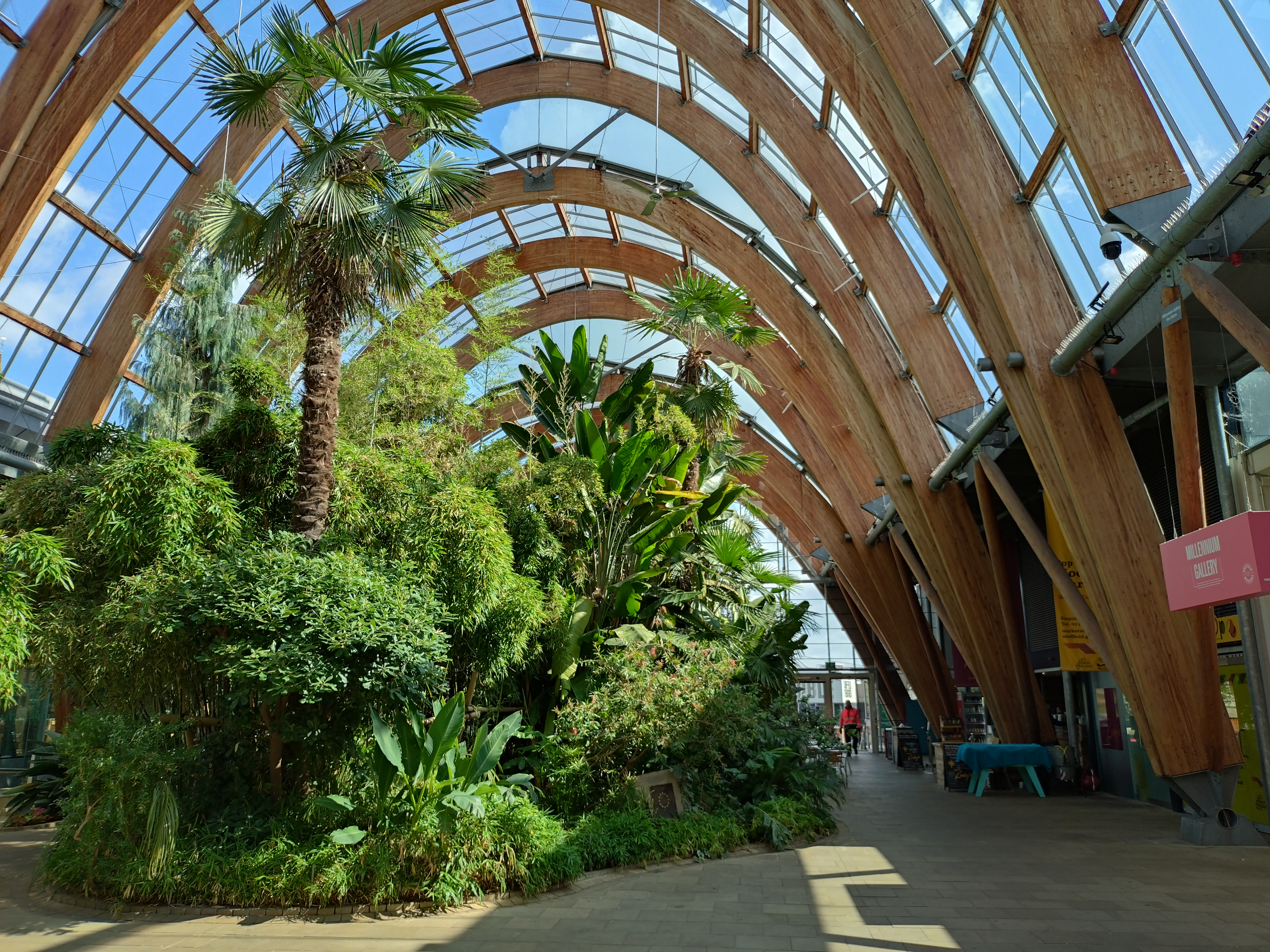
The wide-angle, main camera gives good results, and in good light, images can look really nice. However, there were other times when it got it completely wrong, with images poorly focused, lacking detail, lacking dynamic range, and looking entirely terrible in comparison to the nearest competitor (the Samsung Galaxy A54)
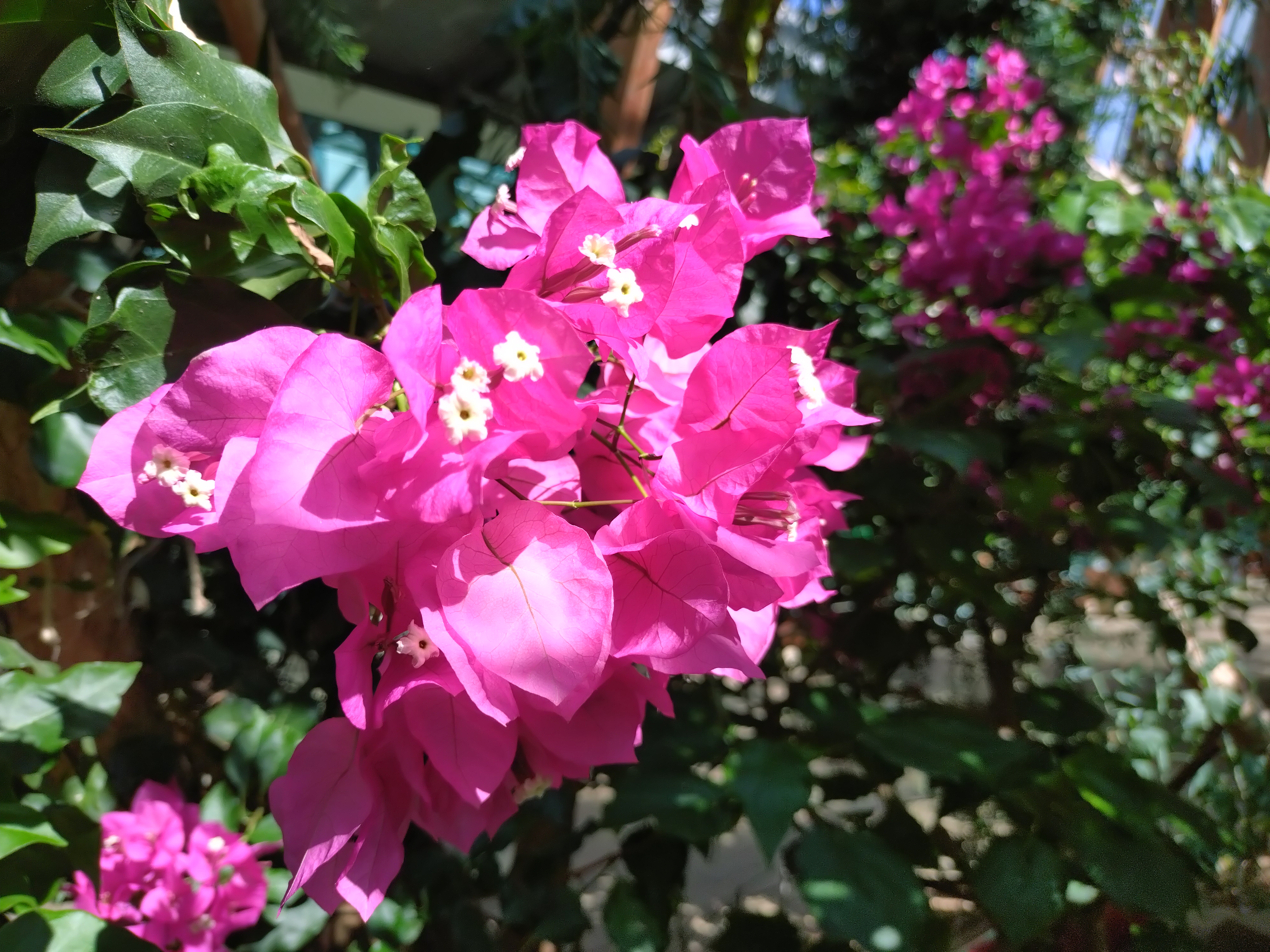
Colours could easily be too saturated, or over-exposed, meaning detail disappeared. We took multiple shots in order to achieve a good one. Images don’t look very good on the screen when you’re taking them, either. You have to wait for the phone to process the photos before you know if it has worked or not.
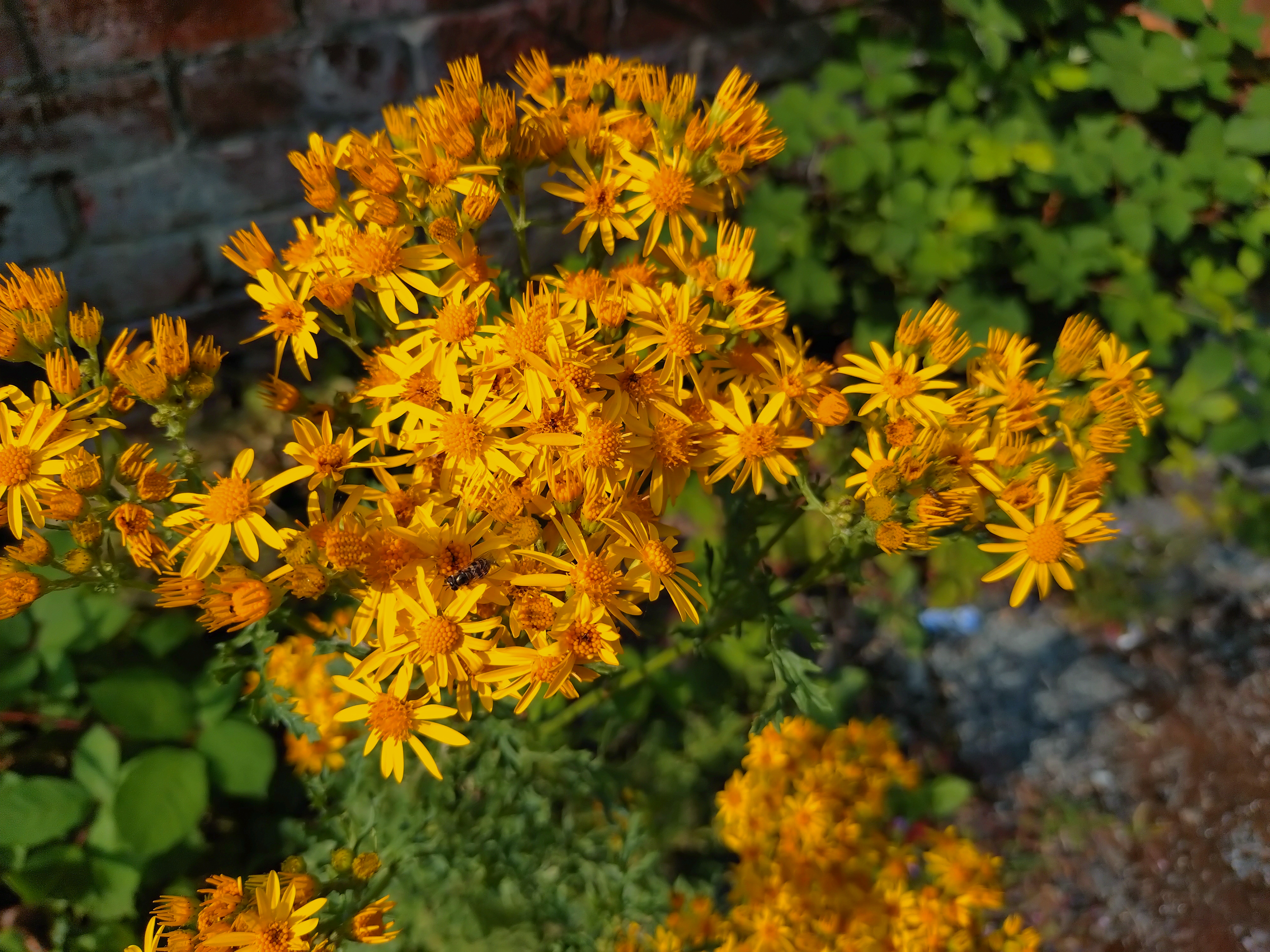
The main camera supports hybrid zoom, up to 10x using “AI Super Resolution Zoom”. This could be a potential replacement for the telephoto camera, and does make us wonder a bit why the telephoto camera isn’t a 3x unit.
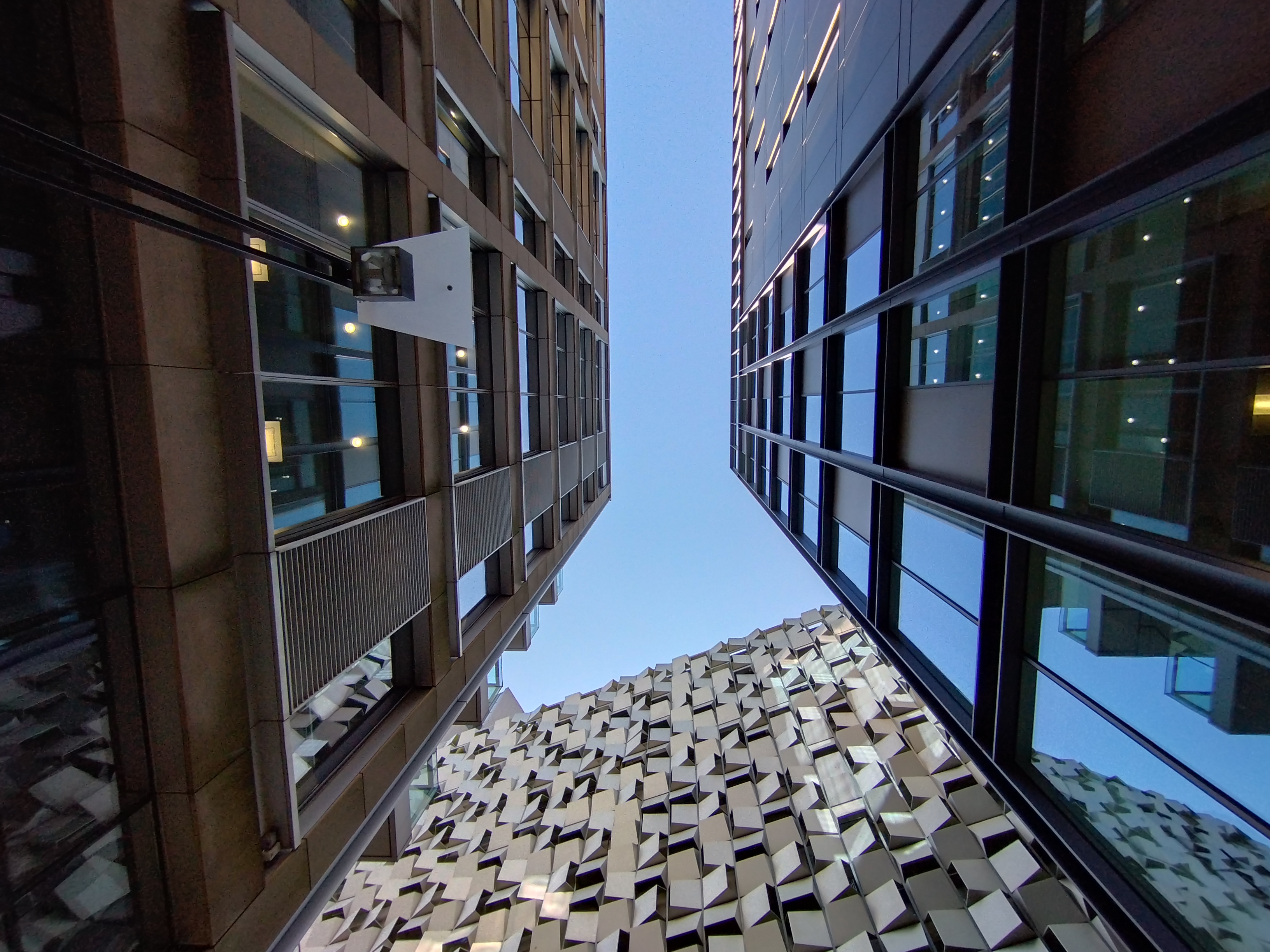
Ultra-wide-angle – In bright conditions, the results can be quite good looking. However, in darker areas, even when shooting in daylight, noise can become an ugly addition to the images, and purple fringing is noticeable. There were times when the colour reproduction from this camera was widely different from the main camera.

The telephoto camera gives good results in bright conditions, but exposure can be inconsistent, and require several shots to get the result you want. Focus, at times, would completely fail, producing an inscrutable image.
The 2x telephoto camera does give *slightly* better results than a standard 2x digital zoom on a phone like the Samsung Galaxy A54. That said, it would be even better if this was a 3x telephoto camera, as that would give it a definite edge over 2x digital zoom. Google’s Pixel phones for example do a great job of 2x digital zoom using super resolution technology. It’s possible that Sony’s own technology could have given similar results using the main camera. A 3x telephoto would have given it an extra edge.
Close-up performance of the main camera is relatively good, and whilst the phone doesn’t have a dedicated macro mode, it does allow close enough focus for some close-up shots.
In low-light, noise reduction is so strong that images lack detail, look blurry and are disappointing. If you view them smaller, then they look okay, from a distance.

The 8MP selfie camera has fixed focus, and does a reasonable job most of the time. Background defocus is available, but dynamic range can struggle, and detail is relatively low.
Video performance
Video stabilisation is not up to the same standard as other smartphones, and when it struggles, video is very jerky. The quality and detail in video are relatively low, and whilst colour was reasonable, exposure was a little off, looking exposed.
Value for Money
The Sony Xperia 10 V is available for $350 / £349, which puts it up against some quite impressive competition. For example, the 6.1inch Google Pixel 7a (at $499 / £249) has a dual camera system, and Super Resolution Technology means you can easily get similar 2x photos. Then there’s the Samsung Galaxy A54 (at $280 / £259), with the same height (155mm vs 158.2mm), but a wider 6.4inch screen and all-round better camera experience, as well as up to 5 years of updates. Another option is the Xiaomi Redmi Note 12 Pro+ (with 200MP main camera).
Both the Google Pixel 7a and Samsung Galaxy A54 produce better photos than the Xperia 10 V, and there are also cheaper options available as well, including the Google Pixel 6a, and Nothing Phone 1, which have both seen reductions recently.
Sony Xperia 10 V Verdict
For its price, the Sony Xperia 10 V offers quite a nice set of features. The camera app includes a night mode, auto HDR, and a background blur feature, but would benefit from additional shooting modes. It feels like Sony are still playing catch up in the mobile phone market, as Apple, Samsung, Google, and others have additional computational shooting modes (such as long exposure).
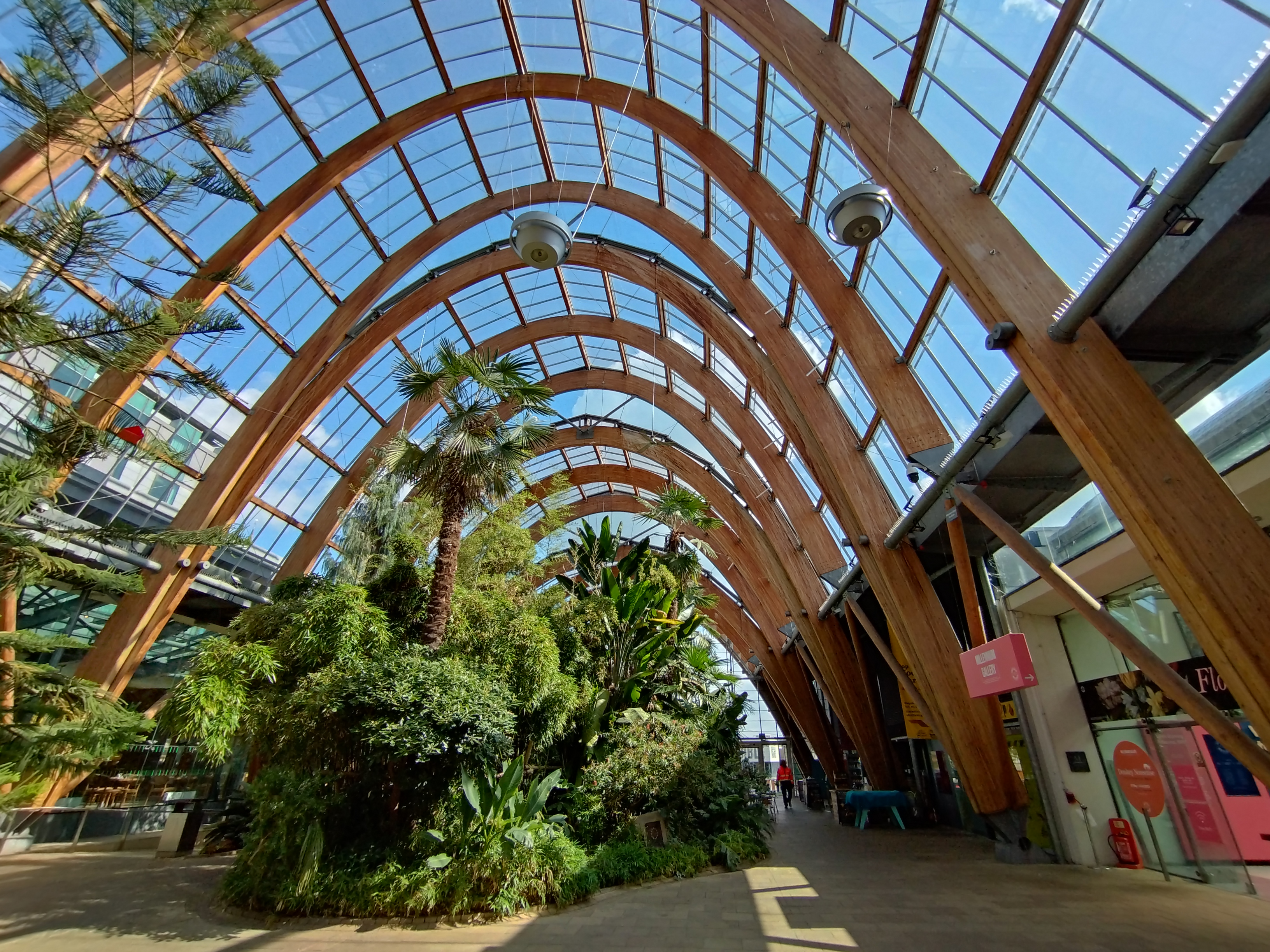
The 21:9 aspect ratio screen of the Sony Xperia range of phones is a contentious thing. Few people seem to be fans of this aspect ratio, they the exceptions. Unfortunately with the Xperia 10 V, it turns what could have been a compact smartphone into another one that’s difficult to use (reach), due to its height. This has the knock-on effect of making your 4:3 images look small on the screen. The smartphone market is crying out for more compact smartphones, as so few options exist.
So, all that aside, how is the shooting experience with the Sony Xperia 10 V? Well, it’s okay if you don’t mind a phone that is slow and unresponsive. The photo app is relatively basic, and this is made simpler by the absence of the multiple different apps found on the Xperia 1 V. But taking a photo, you often get a spinning wheel which makes the camera feel slower than it needs to be.

When shooting, the preview shows an image with poor dynamic range, but when you view the photo in playback, once you’ve waited for “Processing” to go away, you get an image with much improved dynamic range thanks to automatic HDR – most of the time. However, if you accidentally press the shutter button for too long, continuous shooting will be activated, which produces images with poor dynamic range. The other issue is that focus fails every now and then, so 1 in every 30 photos I took (on average) was completely out of focus. This happened with both the main camera and the telephoto camera, but more so with the telephoto.
How about the images produced, are they any good? Well, sometimes. In fair light, the cameras can product some really good looking images with decent colour. At other times, colour is dull. As light levels drop image quality also drops dramatically. There’s also a lack of consistency between shots, in exposure and colour reproduction, so it is often a case of picking the best of several shots to get a good one.
Video quality is a major disappointment, as the camera only records Full HD video. There is no 4K video at all, as is available on a range of competitors; even models at the same price range (or less), such as the Nothing Phone 1. The other issue is that the video quality is lacking; detail is poor as exposure and stabilisation struggle to keep up.
Unfortunately, it’s difficult to see why anyone would choose this phone over a Samsung, Google Pixel, or any of the other brands available. There are too many things on this phone that simply aren’t competitive with what’s out there. However, if improvements could be made to the performance and responsiveness of the phone and cameras, then it could be a contender.

For more mid-range and budget options have a look at our guide to the best budget smartphones, or have a look at the best flagship camera phones if you have a more to spend.

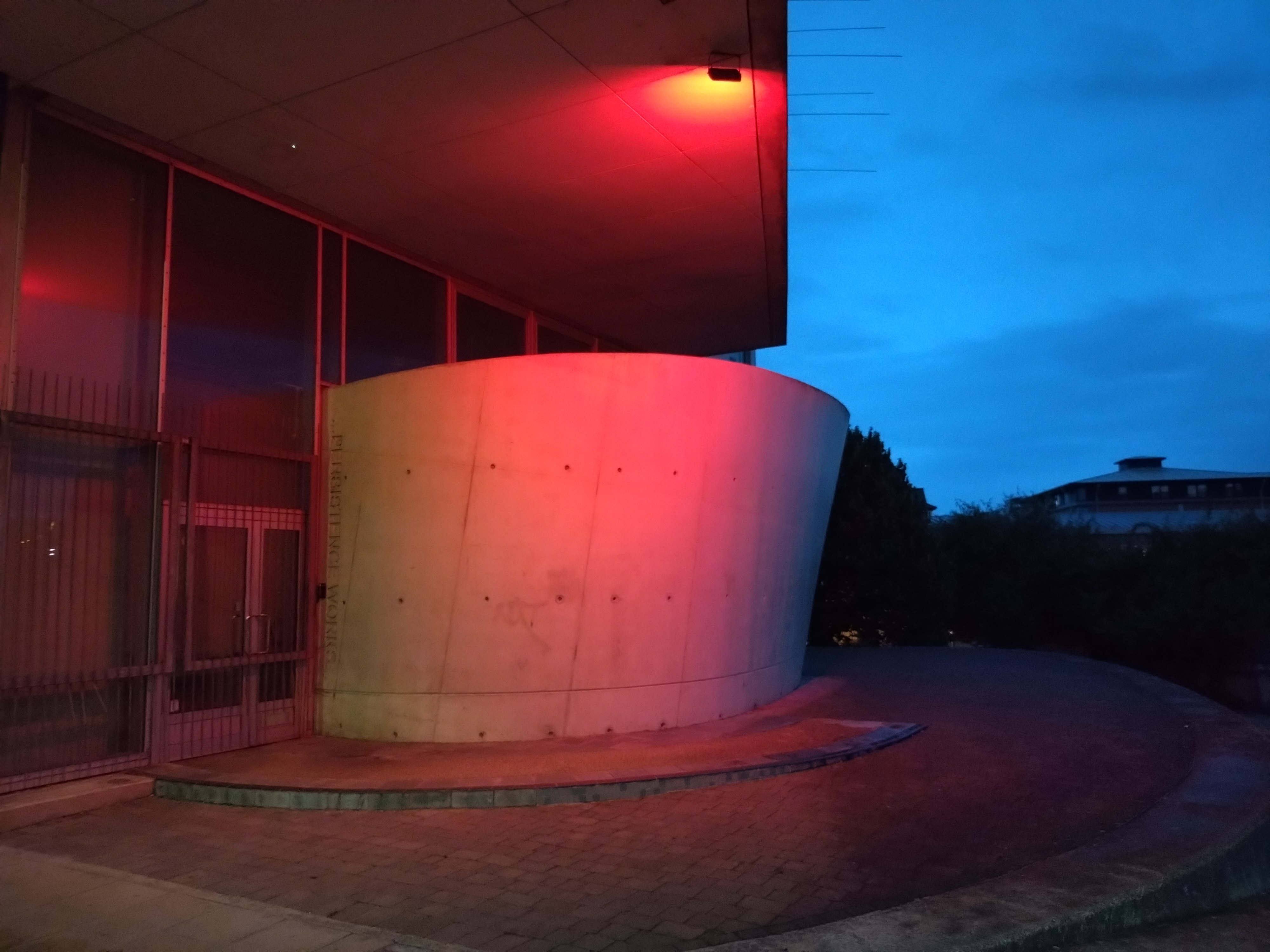
Related reading:
- Sony Xperia 1 IV Review
- Sony Xperia 5 IV arrives with Eye AF
- Opinion: Why is Sony so bad at making smartphones?


